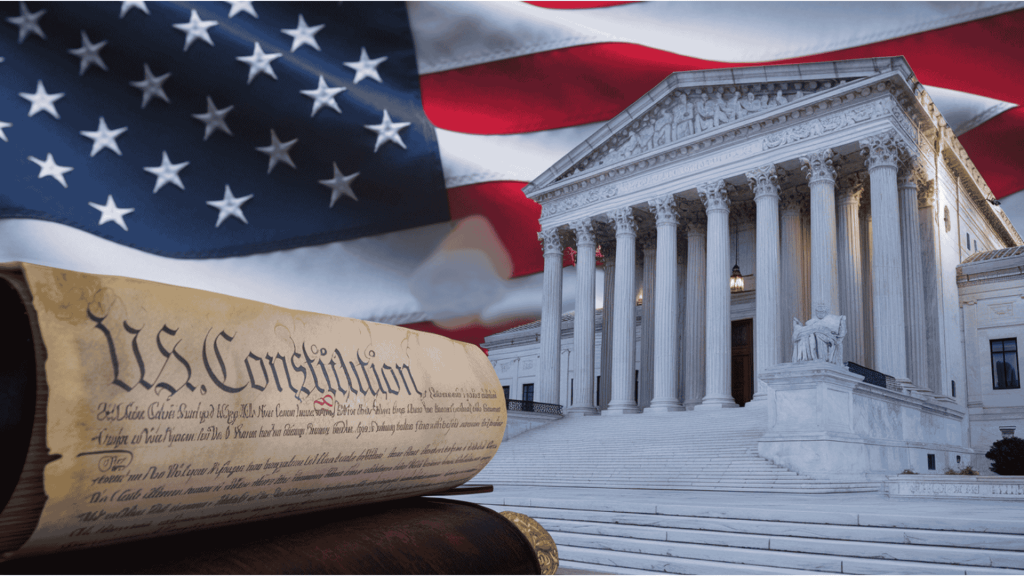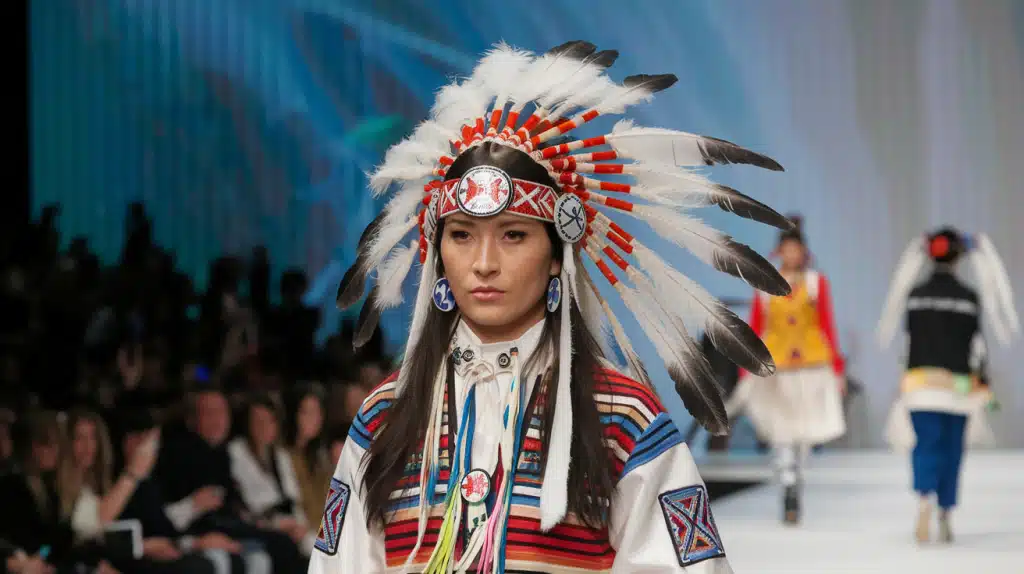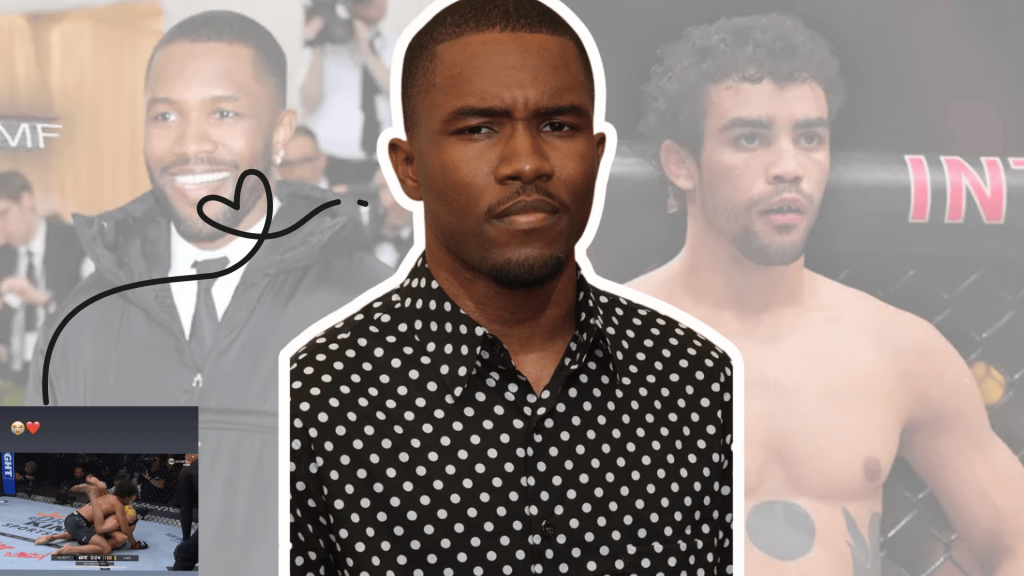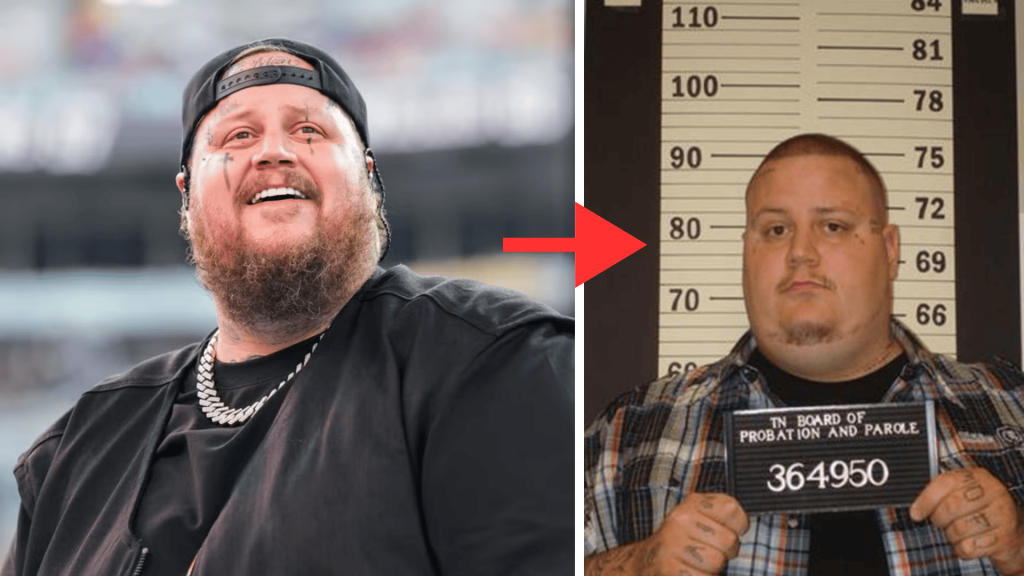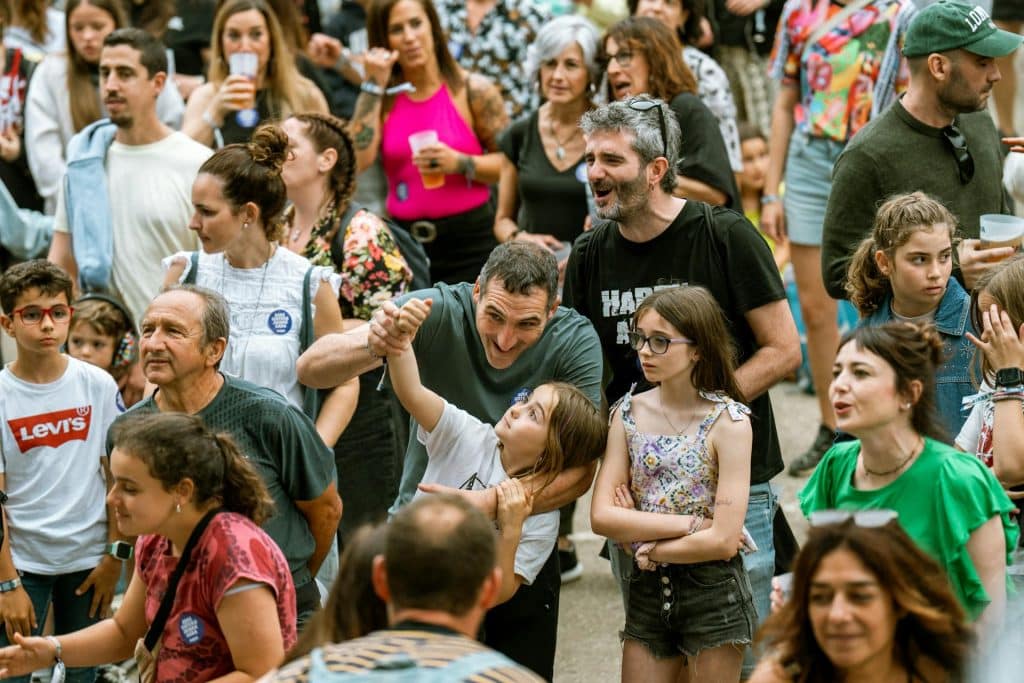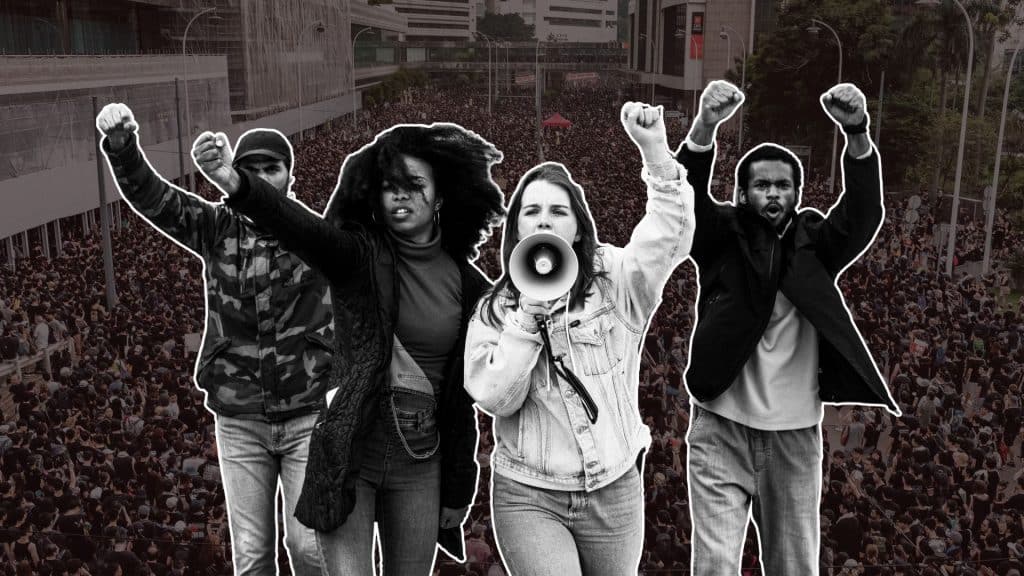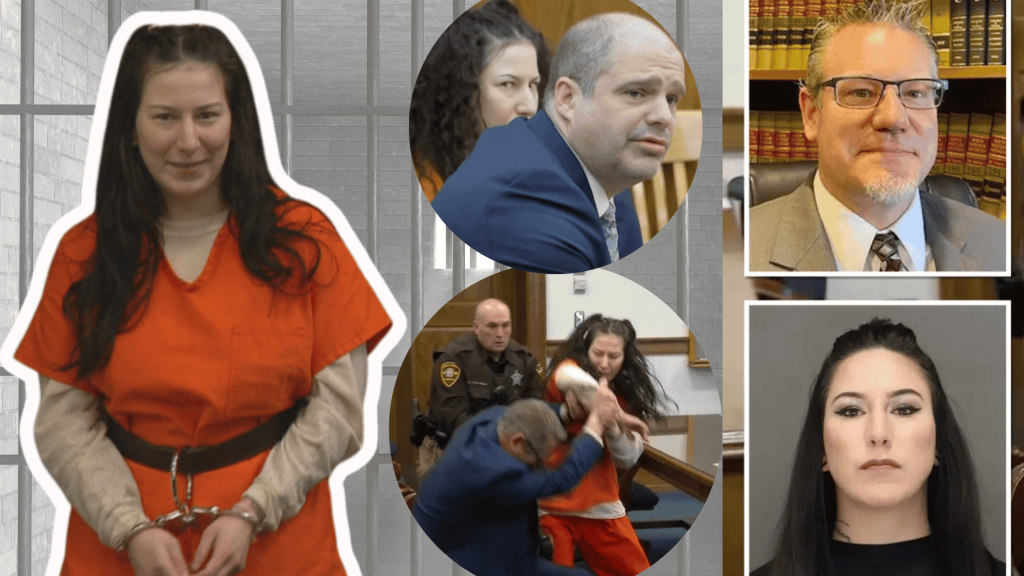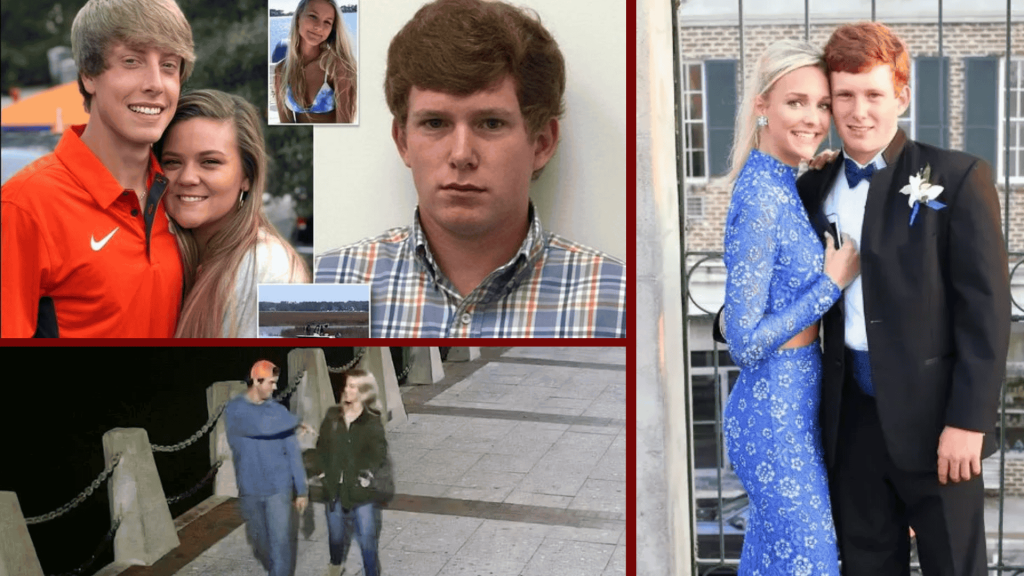The O.J. Simpson trial became the “trial of the century” when former NFL star Orenthal James Simpson was charged with murdering his ex-wife, Nicole Brown Simpson, and waiter Ronald Goldman.
This case captivated America because it combined celebrity drama, racial tensions, and unprecedented legal strategies.
Simpson was a beloved celebrity before the trial. The Heisman Trophy winner and Hall of Fame running back transitioned to acting and broadcasting after retirement. However, his marriage to Nicole from 1985 to 1992 was marked by documented domestic violence.
When Nicole and Goldman were found brutally murdered outside her Brentwood condominium on June 12, 1994, Simpson’s abuse history made him the primary suspect.
From the infamous Bronco chase to dramatic courtroom moments, the trial exposed deep divisions in American society about race, police conduct, and justice.
How Did the O.J. Simpson Trial Unfold?
The O.J. Simpson trial stands as one of the most significant legal cases in American history.
Simpson was a well-known former NFL player and actor who had achieved celebrity status through his football career and later entertainment work.
However, court records show a pattern of domestic violence during his marriage to Nicole from 1985 to 1992. Police responded to multiple domestic disturbance calls at their home, creating a documented history of abuse.
On June 12, 1994, police discovered the bodies of Nicole Brown Simpson and Ronald Goldman outside Nicole’s Brentwood condominium.
In a small area near the front gate, the attacker had brutally slashed Nicole’s throat, almost severing her neck from her body, and then stabbed Ronald Goldman approximately thirty times. There were also signs of a struggle.
Goldman, a 25-year-old waiter at Mezzaluna restaurant, had come to return sunglasses that Nicole’s mother had left at the restaurant earlier that evening.
On the night of the murders, O.J. Simpson was aboard American Airlines flight 668 to Chicago. Simpson had taken off from Los Angeles at 11:45 PM after receiving a ride to the airport in a limousine driven by Allan Park from Town and Country Limousine Company.
The limousine had left Simpson’s Rockingham Avenue estate about thirty minutes late, after Park called at 10:25 PM to report that no one answered his ring at the door. Park observed a man he assumed to be Simpson enter the house at 10:56 PM.
Police called Simpson at the O’Hare Plaza Hotel in Chicago, where he had planned to attend a Hertz convention. When informed that his ex-wife had been killed, Simpson notably did not ask how, when, or by whom she had died.
According to his testimony, he smashed a glass in grief, cutting his left hand. Prosecutors would later offer a different explanation for this injury.
Simpson boarded the next flight to Los Angeles, arriving home around noon to find a full-scale police investigation underway with police tape across his front gate and cardboard tags marking bloodstains on his driveway.
When detectives visited his home on June 13, they found additional evidence linking him to the crime. Blood drops led from his white Ford Bronco to his front door. A second bloody glove, matching the one found at the crime scene, was discovered on his property.
On June 17, 1994, Simpson failed to surrender as scheduled.
Under an agreement with attorney Robert Shapiro, Simpson was to turn himself in by 10:00 AM, the day following Nicole’s funeral.
When four officers knocked on his door after 1:00 PM, they discovered Simpson had disappeared, leaving behind a suicide note that ended: “Don’t feel sorry for me. I’ve had a great life, great friends. Please think of the real O.J. and not this lost person.”
Rather than surrender, Simpson hid in the back of a white Ford Bronco driven by his friend Al Cowlings.
After being told that Simpson had a gun to his own head, law enforcement officers followed the vehicle at low speeds for more than an hour.
The slow-speed chase was broadcast live on television and watched by an estimated 95 million viewers. Hundreds of Simpson’s fans lined the streets in support of him during the pursuit.
The chase ended at Simpson’s Brentwood home, where he was placed under arrest and taken into police custody.
Simpson was formally arraigned on July 22, 1994, pleading not guilty.
The trial began January 24, 1995, lasting over eight months with 150 witnesses testifying, though Simpson did not take the stand in his own defense. Judge Lance Ito allowed television cameras, creating the first fully televised major criminal trial.
The prosecution, led by Marcia Clark and Christopher Darden, built their case around DNA evidence and domestic violence history. They presented scientific evidence linking Simpson’s blood to both the crime scene and his vehicle.
The “Dream Team” defense, including Johnnie Cochran, Robert Shapiro, F. Lee Bailey, Robert Kardashian, and Alan Dershowitz, focused its strategy on challenging the credibility of the Los Angeles Police Department and the evidence collection process.
They argued that police had contaminated evidence and suggested that racist officers were targeting Simpson. This approach proved effective with a jury that was predominantly African American and already skeptical of the LAPD following incidents like the Rodney King beating.
The trial’s most memorable moment occurred when prosecutor Christopher Darden asked Simpson to try on the bloody gloves in front of the jury.
The gloves appeared too small for Simpson’s hands, leading defense attorney Johnnie Cochran to coin the famous phrase “If it doesn’t fit, you must acquit” during his closing arguments.
This demonstration significantly damaged the prosecution’s case and created reasonable doubt in the minds of jurors.
Detective Mark Fuhrman‘s testimony became another pivotal moment when the defense introduced audio recordings of him using racist language.
These tapes severely damaged his credibility as a key witness and supported the defense’s claims about police bias.
Media coverage was unprecedented, with reporters camping outside the courthouse in “Camp O.J.” The extensive coverage turned the proceedings into a daily television drama, with millions of viewers following every development.
Public opinion divided sharply along racial lines, with most white Americans believing Simpson was guilty while most African Americans thought he was innocent. This division reflected deeper issues about race, police conduct, and trust in the justice system that the trial brought to national attention.
After 252 days of testimony and evidence presentation, the jury began its deliberations on October 2, 1995. They reached a verdict in less than four hours, surprising legal experts who expected longer consideration given the complexity of the evidence.
The O.J. Simpson case had lasting effects on the American legal system.
Crime laboratories across the country improved their evidence handling procedures after problems with evidence collection were highlighted during the trial.
The case also influenced how courts manage high-profile trials and media coverage. Law schools now use this trial as a teaching tool for students studying criminal defense strategy, evidence handling, and legal ethics.
Simpson himself faced additional legal troubles in later years. In 2008, he was convicted of armed robbery and kidnapping in Las Vegas and sentenced to 33 years in prison. He was granted parole and released in 2017 after serving nine years.
The O.J. Simpson trial remains a significant case study for understanding how celebrity, race, and media attention can influence criminal proceedings.
The End of the O.J. Simpson Trial
On October 3, 1995, the jury delivered its verdict after less than four hours of discussion.
They found O.J. Simpson not guilty of both murders, shocking legal experts who expected a longer consideration given the evidence presented.
Reactions to the verdict split dramatically along racial lines across America. Many African Americans celebrated in the streets and workplaces, while many white Americans expressed shock, anger, and disbelief at the outcome.
Civil Trial: In 1997, a civil court found Simpson liable for the wrongful deaths of Nicole Brown Simpson and Ronald Goldman.
The civil jury ordered Simpson to pay $33.5 million in damages to the families – $8.5 million in compensatory damages to the Goldman family and $12.5 million in punitive damages to each family.
Unlike the criminal trial, the civil case required a lower burden of proof (“preponderance of the evidence”) and did not require a unanimous jury verdict.
Conclusion
The O.J. Simpson trial stands as a defining moment in American legal history. It demonstrated how celebrity status, racial dynamics, and media attention can shape criminal proceedings in unexpected ways.
For legal professionals today, the case serves as both a cautionary tale and a masterclass in courtroom strategy.
The trial showed how effective storytelling and jury psychology can overcome seemingly strong evidence.
Beyond the courtroom, this case sparked national conversations about equality, police accountability, and media responsibility that continue today.
The verdict may have ended the trial, but the debates it started about justice in America remain as relevant as ever.
What are your thoughts on the O.J. Simpson trial’s impact on the American legal system? Share your perspective in the comments below and let us know which aspect of this case you find most significant.


